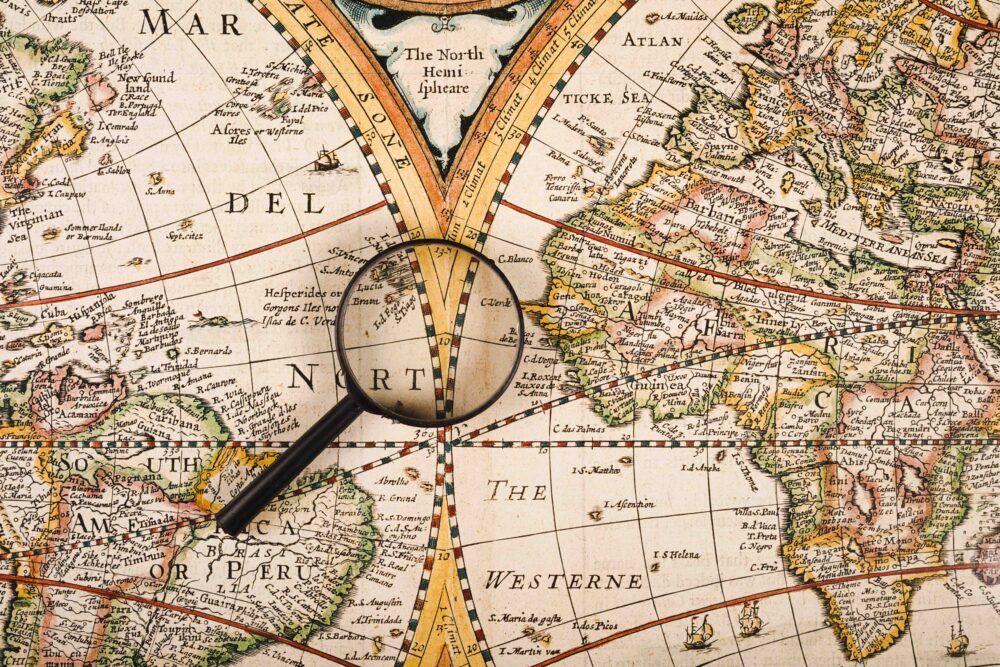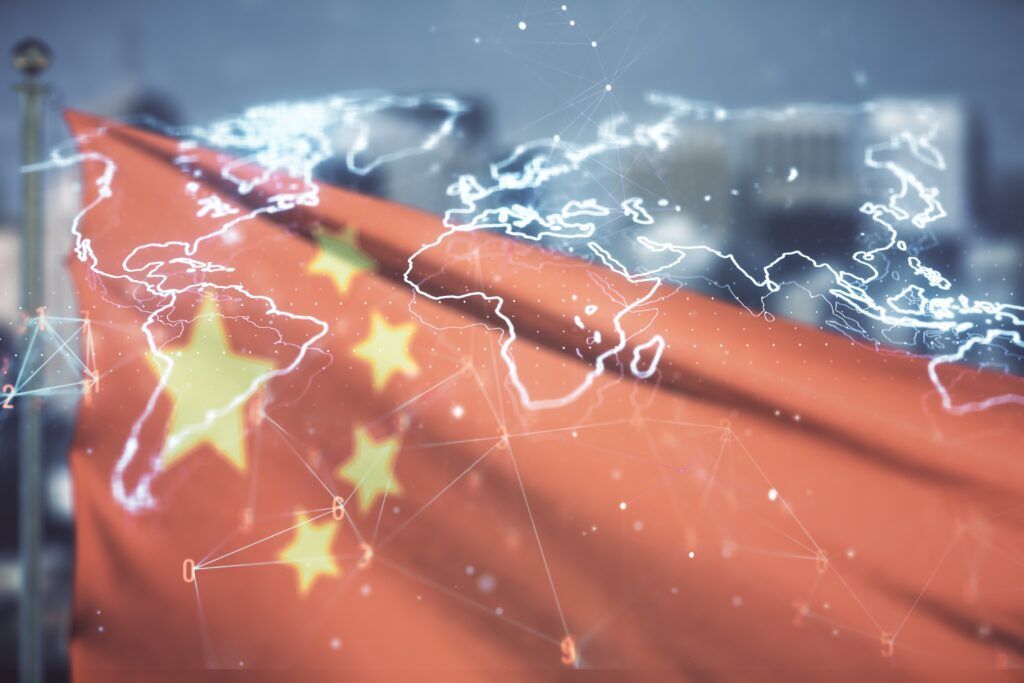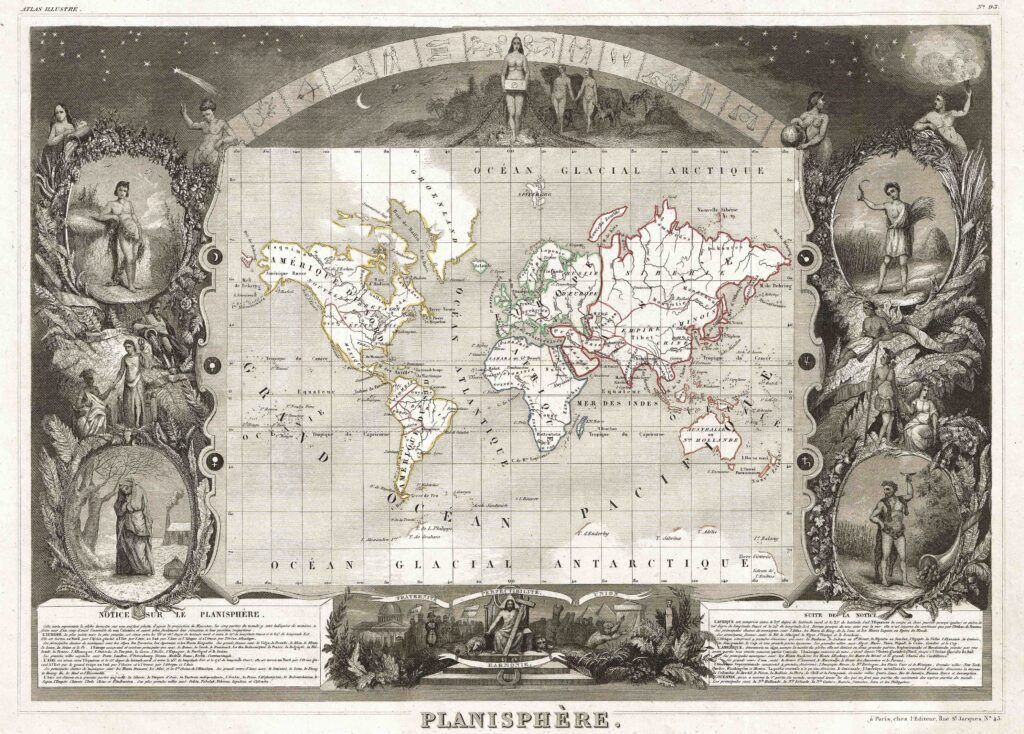
The new globalization: how world trade is fragmenting
Global trade is not what it used to be and it is not clear how it will be. Traffic figures for Western ports show a trend towards fragmentation of global freight traffic. Regional traffic is growing between Mediterranean countries, and also between the north and south of the American continent, and trade with China has stagnated. The massive diversion of ships via the Cape of Good Hope route due to pressure from the Yemeni Houtsis on shipping to the Suez Canal has led to an increase in freight rates and, therefore, a disruption of supply chains based on maritime transport. This is undoubtedly a new impetus towards the fragmentation of globalization. What this means, why it is happening and where world trade may be heading?

Jordi Torrent is the Strategy Manager at Port de Barcelona.

Globalization, understood as a process of global economic and cultural integration, was born with the expansion of the species from its African cradle, became truly planetary with the bloodthirsty European colonization, and took off at an inordinate speed in the second half of the 20th century thanks to a combination of factors, among which the following stand out:
1. the containerization of maritime transport and the gigantic size of merchant vessels
2. the explosion of communication and information technologies
3. financial deregulation
4. the insertion of the Far East, led by China, into the international trade system
5. the consolidation of a stable legal framework for international economic relations
6. the reduction of armed conflicts as a consequence of the end of the Cold War
The vast majority of the products that reached our homes and stores were no longer produced just a few kilometers away, but were now produced anywhere in the world. Catalan, Spanish and European companies could export their products anywhere, not only to their own country or, at most, to neighboring countries by truck or train. Both took advantage of the economies of scale of maritime transport to send their products to the other side of the planet.

THE DISRUPTIONS OF MARITIME TRANSPORT FIRST, THEN THE FRAGMENTATION OF GLOBALIZATION
During the 73 years since the end of World War II, global economic integration was intensifying and seemed unstoppable. At the end of the last century, this process underwent a radical transformation with the rise of the Asian economies (Japan, China, Korea, Singapore, etc.) that would shift the world's economic center of gravity from the Atlantic to the Pacific. China became the world's factory.
With the Covid-19 pandemic and the years that followed, this process of intensifying integration began to falter for the first time. Disruptions in the logistics chain were one of the main causes. Unusual fluctuations in demand, fleet management, rotations and shipowners' ladders, incidents such as the Evergiven in the Suez Canal, led to congestion never seen before in many ports, delays of weeks in ship calls, freight rates at previously unseen levels that were 10 times pre-pandemic prices. Finished products did not arrive on time, parts for assembly lines did not arrive on time, production lines had to be shut down, low-value products could not pay the freight rates, etc.
Disruptions in the logistics chain helped to highlight the extreme dependence of Western economies on Asia for everything from face masks to semiconductors to paper to solar panels and thousands of other vital, essential or commonly consumed products.
And alarm bells rang in all Western chancelleries. It was necessary to reindustrialize, recover production, achieve manufacturing sovereignty and autonomy in strategic sectors. Joe Biden announced several massive projects for semiconductor plants. His predecessor, Donald Trump, had already launched numerous measures during his term in office to encourage the return of manufacturing production to his country. Among the most prominent of these were customs and tariff barriers of all kinds, aimed in particular at China, which challenged him for world economic leadership, and which called into crisis the legal regime of international trade built around the WTO.

LOGISTICAL AND COMMERCIAL 'COLD WAR
With the Covid-19 pandemic, the European Union also launched an ambitious plan to promote manufacturing development on its territory, especially in strategic sectors linked to the energy transition. Nowhere more than in Europe was the feeling of dependence on the outside world, especially Asia and in particular China, but also the United States in terms of technology and services, so pronounced. There is, for example, only one single European company that is the world leader in any significant technological and digital segment: Spotify in online music reproduction. The war in Ukraine and the discovery of the extreme dependence of many EU countries on Russian fossil fuels were the straw that probably broke the camel's back.
First the United States, and then the EU, to a certain extent incomprehensibly, targeted China and branded it a "systemic rival", encouraging the development of legislation aimed at limiting and recording investments and imports from the Asian giant and the implementation of its technology. An aggressive policy towards China, which the EU began to treat even as an enemy and which clashes with China's millenary history of lack of imperialistic ambitions beyond its "natural" area of influence, in comparison with what Americans, but especially Europeans, have done in the last 500 years.
However, the West was not the only one concerned about foreign dependence. So was China. Years ago, its president had launched the Made in China 2025 policy with the aim of achieving strategic economic autonomy within just one year. For almost a decade, the Asian giant has been committed to an economy that is less dependent on exports and more on domestic consumption.

MANUFACTURING AUTONOMY AND TECHNOLOGICAL PROGRESS
The three major blocs of the northern hemisphere have therefore embarked on a process of trying to develop their own manufacturing production and technological progress, to the detriment of international trade and imports, especially in the sectors they consider strategic. And they have openly intensified competition for privileged access to the resources of southern hemisphere countries, rich in key raw materials for advanced economies, such as the increasingly important rare earths. With the ever-present threat of extreme dependence of the northern hemisphere, with the exception of the United States, on fossil fuels, especially from the Persian Gulf and Russia.
This phenomenon has been dubbed the fragmentation of globalization, the extent of which is still unknown. So far, it can still be described as embryonic. It is true that production of certain products in Europe and the United States has been "repatriated". It is true that other manufacturing production has moved closer to its consumers. From China it has moved to Turkey, Eastern Europe and Morocco to serve the EU and Mexico in the case of the United States. Other companies have moved manufacturing from China to neighboring countries such as Vietnam, Thailand and India.
If we look at the traffic figures for western ports, this trend towards fragmentation is beginning to be detected, but still only very slightly.
On the one hand, regional traffic between Mediterranean countries is growing, and on the other, traffic between the north and south of the American continent. Trade with China has stagnated and in many cases stopped growing. However, they are still the most important in almost all the major Western ports, by far the most important in terms of containerized traffic.
If we take the case of the Port of Barcelona as an example, we can see how the container traffic figures for 2023 show some indicators.
KOREA AND VIETNAM, WINNERS IN TENSIONS BETWEEN CHINA AND WESTERN COUNTRIES
In the graphs we see how imports between 2021 and 2023 from Southeast Asia and the Indian subcontinent grow compared to the slight drop in those from the Far East, led by China (which still remains the main origin of containerized imports, far ahead of the second).
The same is true for exports. We also see container imports from Korea growing dramatically (up 46% in 2023 compared to 2022), as a result of multiple factors, one of which is that some Chinese suppliers of Western companies have been replaced by Koreans. Korea and Vietnam emerge as the big winners in Asia from the tensions between China and Western countries.
The figures for the growing trade with Morocco and Turkey are not reflected in the container traffic statistics, because a significant part of this trade is transported by truck or ferries. However, these are two of Spain's and the EU's fastest growing trade relations.
In the statistics of the Port of Barcelona, the growing transport of goods from Eastern European countries to the EU is not detected either, obviously. In countries such as Hungary and the Czech Republic, the manufacturing production of Korean, Chinese and European companies in a wide range of sectors, including electronics and automotive, is growing to serve the European continent and avoid the frequent disruptions of maritime transport.
Disruptions that seem to have no end. Just when it seemed that the post-pandemic situation had calmed down, the war in Gaza woke us up again from the mirage. The Yemeni Houtsis' reaction of solidarity with the Palestinian population by attacking merchant ships sailing in the Red Sea has led to a massive diversion of ships along the route via the Cape of Good Hope, a new increase in freight rates and, therefore, a new disruption of supply chains based on maritime transport, which will give a new impetus to this fragmentation of globalization.



